Specialized materials that do not change their volume with alteration of temperature may now be easier to produce, thanks to work into the mechanism of such behavior in antiperovskite manganese nitrides.
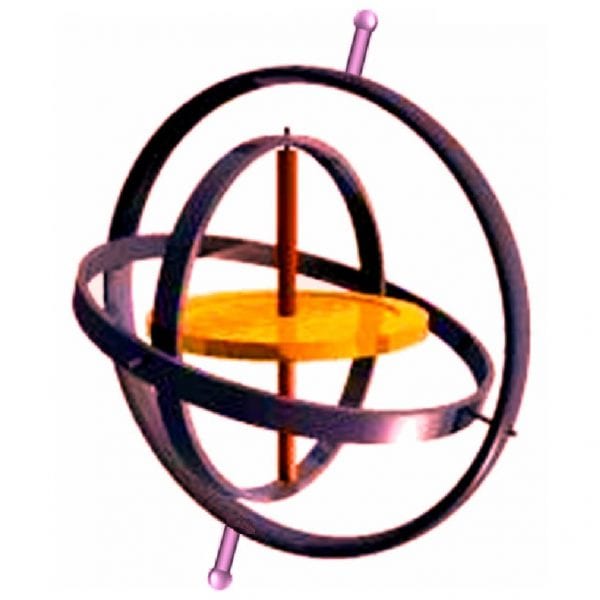

Specialized materials that do not change their volume with alteration of temperature may now be easier to produce, thanks to work into the mechanism of such behavior in antiperovskite manganese nitrides.
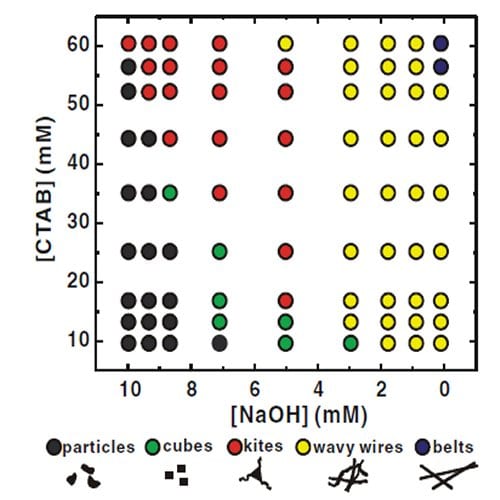
Making exactly the noble metal nanostructure you want is now much simpler, thanks to a microfluidic array developed by US and Chinese researchers.

Macro Rolandi discusses his recent essay on the use of illustrations in scientific papers.
How do you stick a label on something as small as a cell? Cell-labeling techniques are explained, and the use of polymer-coated nanoparticles as environment-sensitive cell labels is demonstrated by scientists in Germany and Australia.
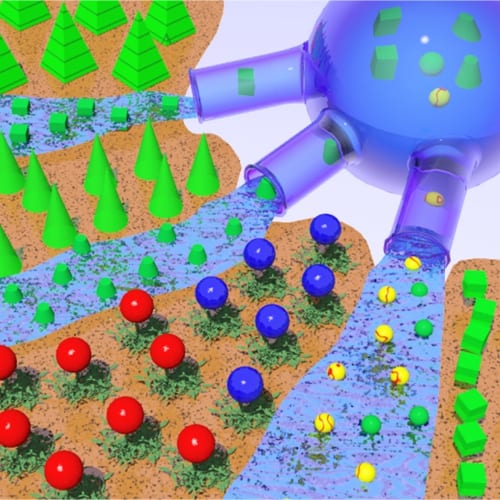
Professor Geoffrey Ozin discusses the safe and responsible development, production, use, transportation, and disposal of nanoparticles in existing or emerging nanotechnologies.
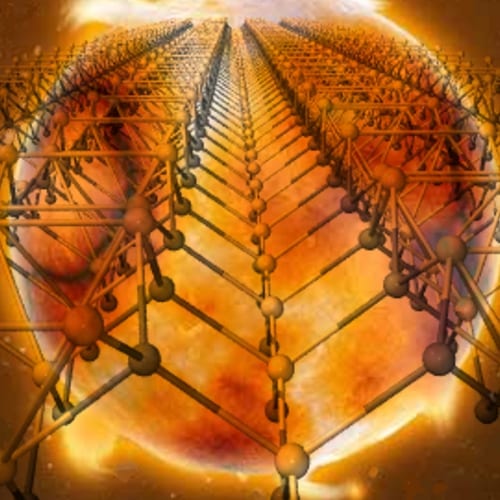
Molecular dynamics methods are wedded to tight-binding density functional theory to produce FIREBALL: a powerful computer code which allows for efficient, predictive simulations of the dynamics of mesoscale systems.
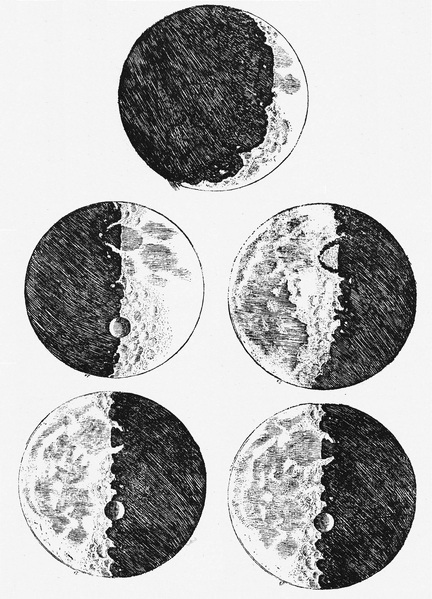
A materials scientist, a graphic designer, and a cognitive psychologist have produced a brief guide on how to prepare scientific figures.
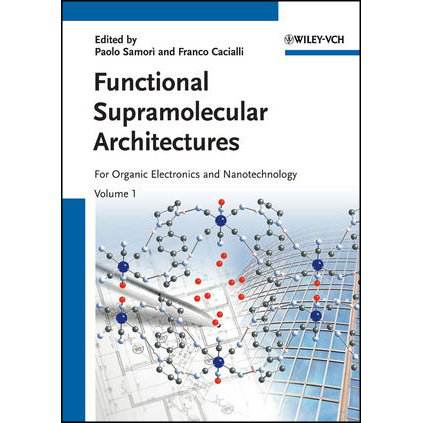
Professor Maurizio Prato reviews the new book, Functional Supramolecular Architectures: for Organic Electronics and Nanotechnology.
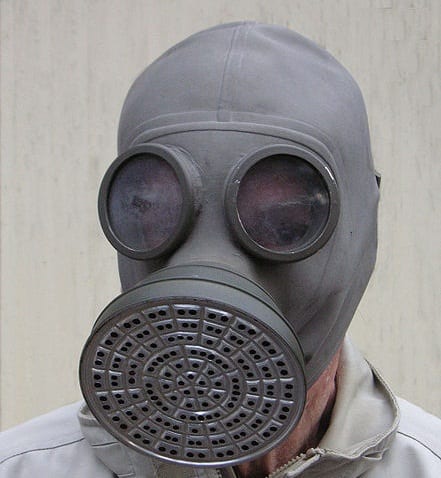
A nanoparticle-based nerve agent detector is developed by researchers in Korea

Paolo Samori talks about his recent book Functional Supramolecular Architectures and gives his “insider advice” for scientists.